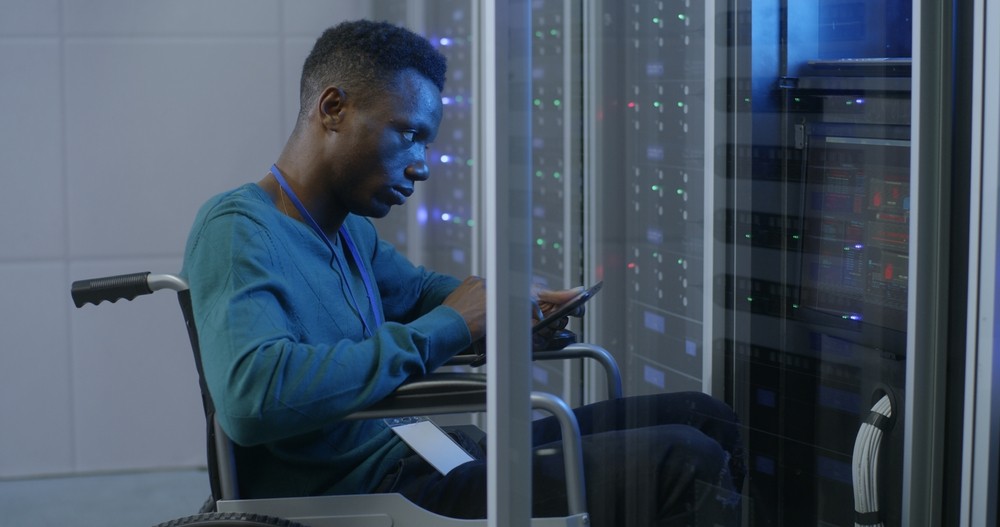The European Data Centre Association (EUDCA) has launched a new animated video to draw attention to the everyday importance of data centres to the daily lives of those living and working in Europe (and beyond). Titled, “Europe's data centres explained - the hidden technology behind modern life,” the new video is designed to offer a clearer understanding of what is meant by phrases such as data centre, the cloud, and digital infrastructure, as well as the value of the services for which they’re critical.
Lex Coors, Policy Committee Chair at the EUDCA said; “As the world transforms and becomes more digitally connected, data centres have cemented their position as the central nervous system of the digital economy. It’s important that we start to raise awareness of this and continue to educate society about the value they provide now and into the future”. According to 2022 research by Eurostat, the statistical office of the European Union, the internet has become a key element of daily life with over 90% of people aged 16-74 reporting they’d connected to it for a range of services during a three-month period. Internet use, they report, has grown rapidly in the EU over the years - in 2010 it stood at 67%, and in 2015 at 78%.
However, while individuals access the internet for a range of services, from communications such as e-mail (77%), instant messaging (72%), getting information about goods and services (70%), video calls (66%) and streaming TV and videos (65%), there can be a lack of understanding about the technology which makes all this happen, as evidenced by current affairs reporting which is frequently inaccurate.
Michael Winterson, Chair of the EUDCA said; “Data centres were not only pivotal to enabling the world to work from home during the pandemic; they also helped provide the data processing grunt to develop vaccines in a very rapid timescale. Digital services such as videoconferencing quickly became an essential way to keep businesses talking and the economy flowing, at the same time making a valuable contribution to the mental health of those isolated in their homes.”
“This new video from the EUDCA aims to help people connect the dots and understand that when their GPS re-routes a journey to avoid major traffic, money appears in their bank account moments after splitting a bill with dining companions, or sales goods are delivered the day after they were
bought online – none of that happens without data centres or the digital infrastructure that connects them to the world at large.”
In modern society, almost everyone and everything relies on digital technology, yet few people know how it all works or where the produced data is stored. Data centres are physical facilities which corporations, hospitals, universities, airports and government ministries – amongst others – all use to house their applications and data resources that enable the internet to function.
For example, there are many different types of data centre, ranging in size from smaller installations in universities and hospitals, to enterprise data centres built by organisations for business use, to the hyperscale facilities usually associated with mega corporations including Google, Amazon, Apple, Microsoft and Meta (Facebook). In addition, colocation data centres or “carrier hotels” provide important outsourced infrastructure to customers who require power, space and bandwidth.
Data centres interconnect global communication networks through fibre optic cables both under the ground and sea across different continents. While data centres are an intensive power industry (the video references an EU study that estimates around three percent of European power is consumed by them), they are at the forefront in transitioning to renewable energy by replacing fossil fuels with greener solar, wind and hydro power.
Today, over 100 data centre operators and trade associations supporting Europe’s Green Deal are signatories to the Climate Neutral Data Centre Pact (CNDCP), an initiative started by the EUDCA and CISPE. Jointly, their objective is to ensure data centres are an integral part of the sustainable future of Europe, agreeing to make their data centres climate neutral by 2030. The video, which is paid for by the EUDCA with sponsors including CyrusOne, Digital Realty, Equinix, LCL Data Centers, Spa Communications and Telehouse, “Europe's data centres explained - the hidden technology behind modern life” is available to view or download at https://www.youtube.com/watch?v=GGaYZPzjhY8.
Lex Coors, concluded “Perception isn’t always reality. However, it is vitally important that they are closely aligned so that we can navigate the world more effectively and make better decisions.”




